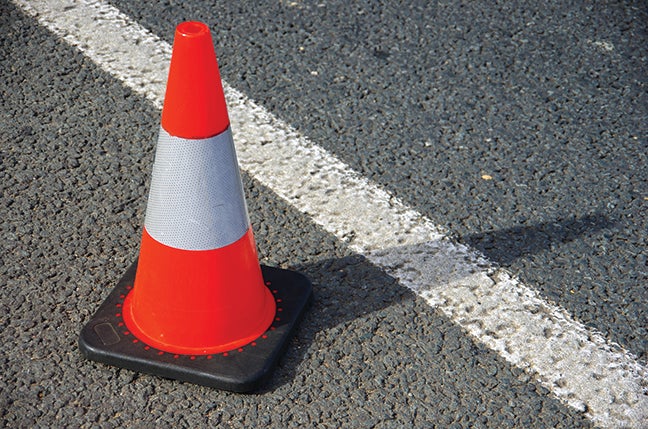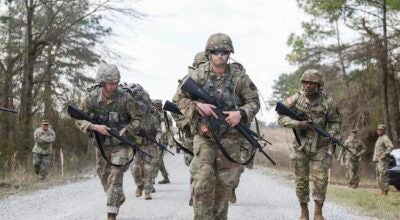The work follows increased fines that took effect August 1 as part of a series of changes for the new 18-mile highway safety corridor approved by lawmakers last session, including speed cameras some believe could cause more problems than they solve.
“The first phase consists of installing additional signage throughout this corridor. Crews will be installing ‘Higher Fines’ signs near the bridge approaches on I-10 at both ends, as well as on the on-ramps at the Whiskey Bay and Butte LaRose exits,” according to a DOTD statement. “There will also be ‘Safety Corridor’ signs placed before the bridge approaches to warn motorists of the changes.”
Senate Bill 435, now Act 426, establishes the Atchafalaya Basin Bridge as a “highway safety corridor,” a nationally recognized term for high fatality areas. The bill, sponsored by Senate President Patrick Cortez, R-Lafayette, was spawned from increasing crash statistics on the narrow bridge and Cortez’s personal experiences during his daily commute to Baton Rouge.
Gov. John Bel Edwards signed the bill in June, setting in motion the plan to double fines and install new signs: Eight sets of speed limit signs, six sets of signs restricting trucks to the right lane only, in addition to signage notifying motorists of the new designation.
Phase two of the process, slated to go out for bid by the end of the year, involves automated radar feedback signs to warn motorists when they’re traveling too fast. The third phase will be the placement of cameras to monitor motorists and trigger tickets, though local police will retain enforcement authority, DOTD reports.
“In 2021, motor vehicle crashes increased statewide, with a total of 971 fatalities, an increase of 17 percent from 2020. This highway safety corridor will focus on reducing the number of fatal crashes, which often keeps the basin bridge closed to traffic for hours at a time,” according to a department statement. “The safety cameras will reduce speeding and therefore reduce the speeding differential, which can lead to serious crashes, especially since the bridge has narrow shoulders with little room to recover for those traveling at excess speeds.”
Shelia Dunn, spokeswoman for the National Motorists Association, told The Center Square the motorist advocacy group opposes the speed cameras because they create unnecessary complications while producing questionable results.
While every roadway is different, “speed cameras are causing more crashes in some places because people are slowing down when they hit the cameras,” disrupting the flow of traffic, she said. “The safest traffic is making sure it flows smoothly.”
There’s also potential issues with fairness for local motorists versus out-of-state drivers, as the latter have less ability to contest tickets, Dunn said. The automated camera tickets often arrive days or weeks after an alleged infraction, she noted.
“If the cameras aren’t calibrated properly, how would you ever find out?” Dunn questioned.
Other issues involve identifying the actual driver of the vehicle for a ticket, as well as the potential to dissuade motorists from using the roadway, she said.
“You might not even be the one driving the car,” Dunn said. “It’s a complex problem with these tickets, there’s a lot of back issues involved.”
A camera ticket also “makes people mad and makes them not want to go to these communities where those cameras are,” she said.





